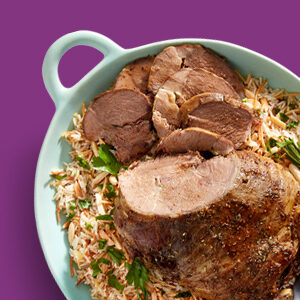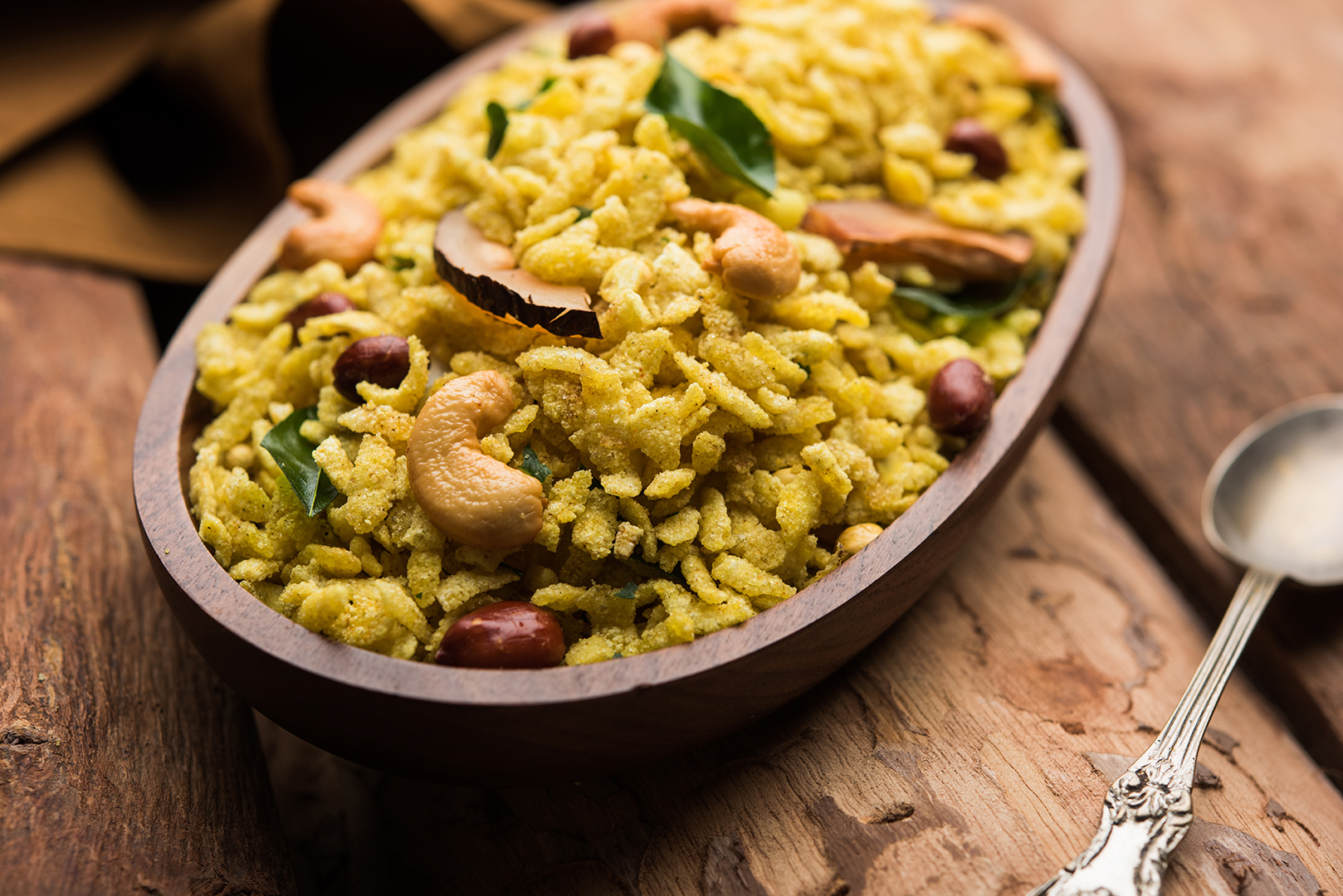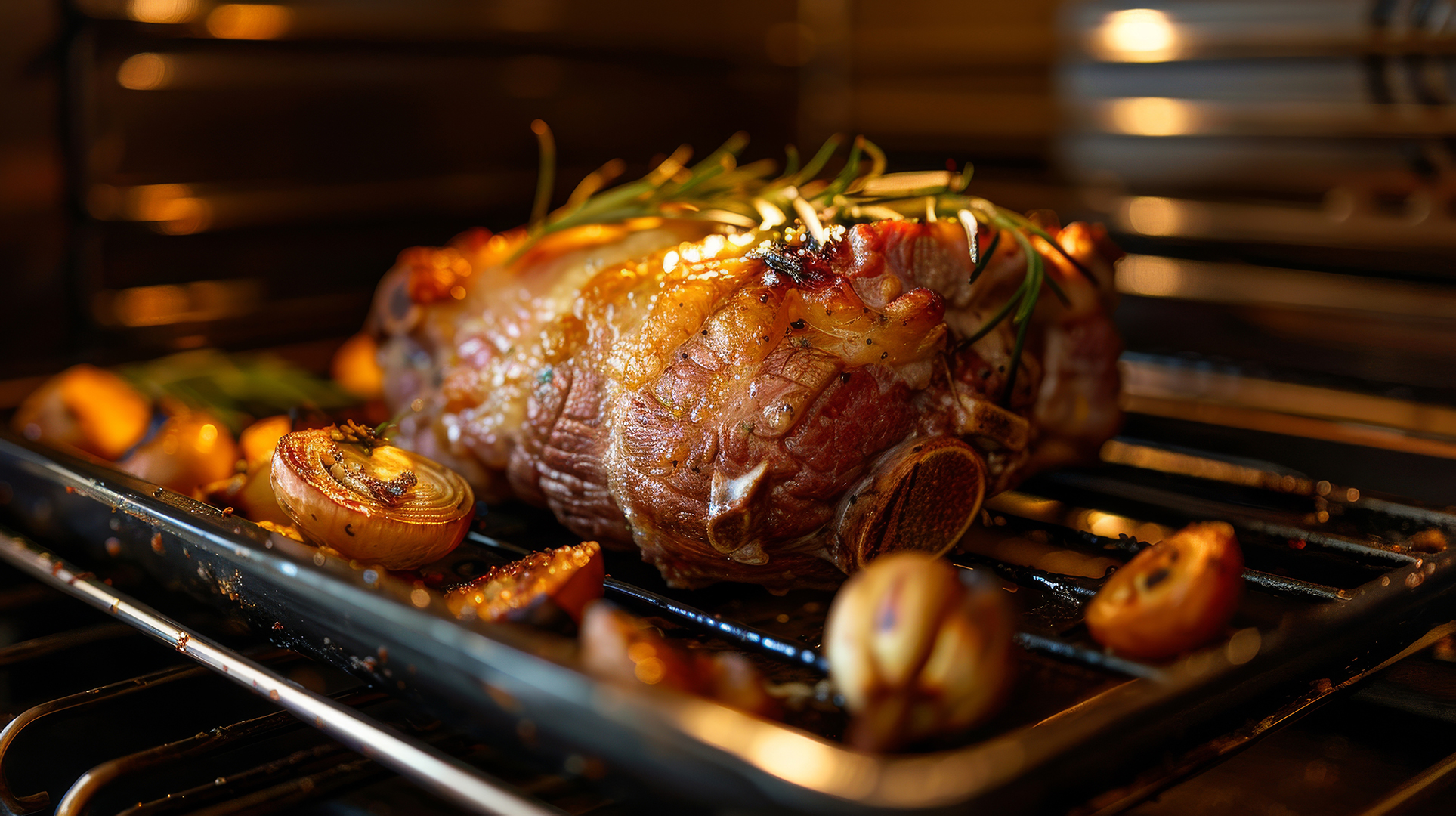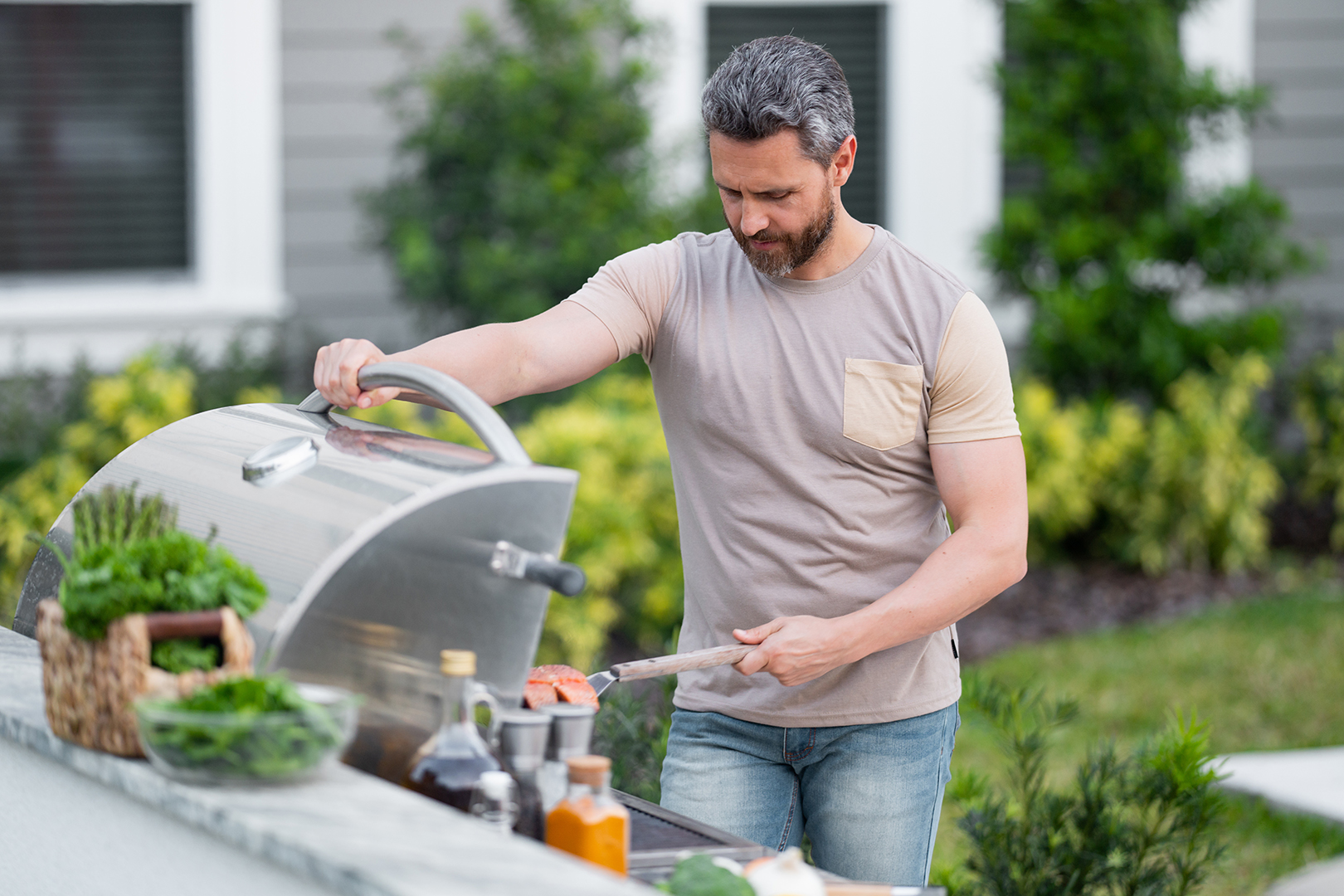
DISCLAIMER: The attributes of the New Zealand Spring Lamb brand may differ on each product. We advise consumers to review the product labels to find the specific attributes.
Introducing a culinary lamb recipe delight: A slow-roasted boneless leg of lamb paired with Lebanese rice! This slow-cooking lamb recipe is a harmonious blend of tender, flavorful meat and fragrant, fluffy rice, creating a dish that speaks volumes with its simplicity and deliciousness.

DISCLAIMER: The attributes of the New Zealand Spring Lamb brand may differ on each product. We advise consumers to review the product labels to find the specific attributes.


The best temperature to roast a boneless leg of lamb without burning it is typically around 325°F to 350°F (163°C to 177°C). This temperature allows you to cook lamb slowly and evenly, ensuring that it cooks through without becoming overly browned or burnt on the outside. It’s important to monitor the lamb closely during cooking and use a meat thermometer to check for doneness, aiming for an internal temperature of 145°F (63°C) for medium-rare or 160°F (71°C) for medium. Additionally, using a roasting pan with a tight-fitting lid or covering the lamb with aluminum foil during cooking can help prevent it from burning while still allowing it to develop a delicious crust.
You can eat roasted leg of lamb pink or even cooked to a medium-rare level. Lamb is safe to consume when cooked to an internal temperature of 145°F (63°C) for medium-rare or 160°F (71°C) for medium.
Some people prefer their roasted lamb or boneless leg cooked to medium-rare to preserve its tenderness and juiciness, resulting in a pink or slightly reddish hue in the center. However, it’s essential to ensure that the lamb reaches the recommended internal temperature to kill any harmful bacteria while still achieving the desired level of doneness.

This is a fantastic alternative to roasting, offering a smoky flavor and a beautiful, charred exterior. Note the differences in the instructions.
Whether you choose to indulge in the slow-roasted leg of lamb, the fragrant Lebanese rice, or both together, this recipe is a testament to the joys of home cooking and the power of simple, wholesome ingredients to create a memorable dining experience. So gather your loved ones, set the table, and savor the flavors of this delightful culinary creation – a true feast for the senses.
DISCLAIMER: The attributes of the New Zealand Spring Lamb brand may differ on each product. We advise consumers to review the product labels to find the specific attributes.